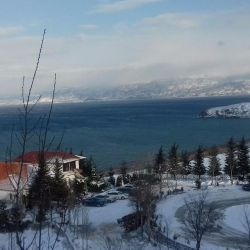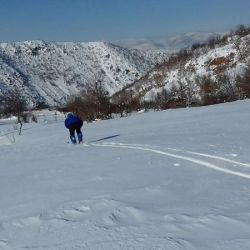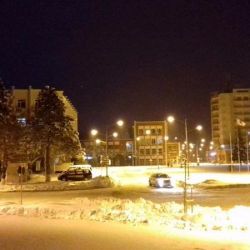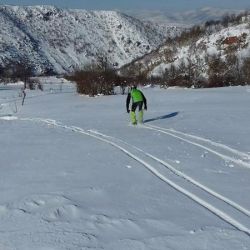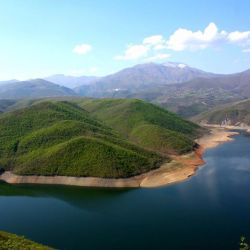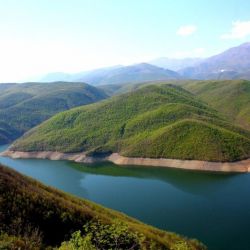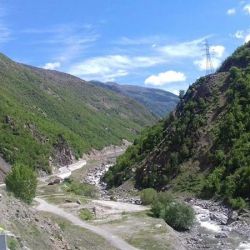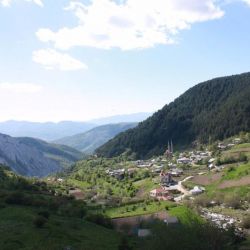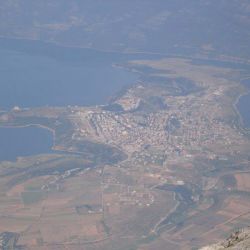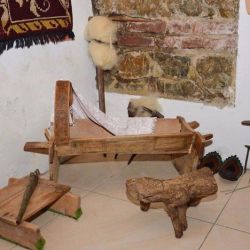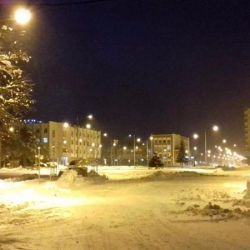Festa - Hotele ne Shqiperi Kukësit
In ancient times, Tepelena was part of the Treoni of Kaonis. The Buzi area was linked to the Illyrians of Antipatrese (Berat), the Warder (Mallakaster) and the Lopesi with Amantinet (Plloca e Vlorës). By the end of the 9th century, Tepelena entered the Theodore of Nikopopje then the Despotate of Epirus. From the late 14th century, the Turkish invasion began in South Albania. This invasion, the attempts to register the population, and the changes of the Christian faith were faced with weapons ... In 1492 he stopped in Tepelene for 24 days, the punitive expedition of Sultan Bajaziti II. In the 16th century, Tepelena participated in the sanxhaku of Vlora. By the end of this century, massive Islamization began with tax and social life. Tepelena is an early settlement related to the construction of a fortress in the 4th-5th centuries, erected at this strategic point at the intersection of Vjosa's streets, the gorge of Këlcyra, Drinos and Mallakastra. Below the castle are traces of a great bridge, the first part of the arches of the second century. The other five phases were set up from the 6th to the 19th centuries. It was destroyed by the Ottoman invaders in 1492. In the 17th century Tepelena had 250 houses. In 1789 Tepelena was shot in the hands of Ali Pasha Tepelena. The actual castle was rebuilt by him in 1819 with a surface of 4-5 ha with three entrances and three towers. By 1820 it was the second residence of ApT. In 1918 was created the Homeland Club "Union"
The Tepelena district is one of the 36th districts of Albania. The district of Tepelena has 55,000 inhabitants (2005), an area of 817 km2. In the district of Tepelena dominates the hilly-mountain relief. The average altitude above sea level is 732 m. The highest point is on the top of Kjezrevlje 2122 m, while the lowest 105 m in the Vjosa valley. Tepelena's lithology is mostly represented by limestones, which sometimes exhibit massive compact masses. In the latter, there are wells, caves, touristpeleology, and study. Seismicism in the circle is incredibly active. The seismic power encountered in the 1920s has reached magnitude 5.8 and 9th intensity. Other earthquakes occurred in 1963, 1969 and 1978. The district of Tepelena is located in the Mediterranean mountainous and climatic zone
